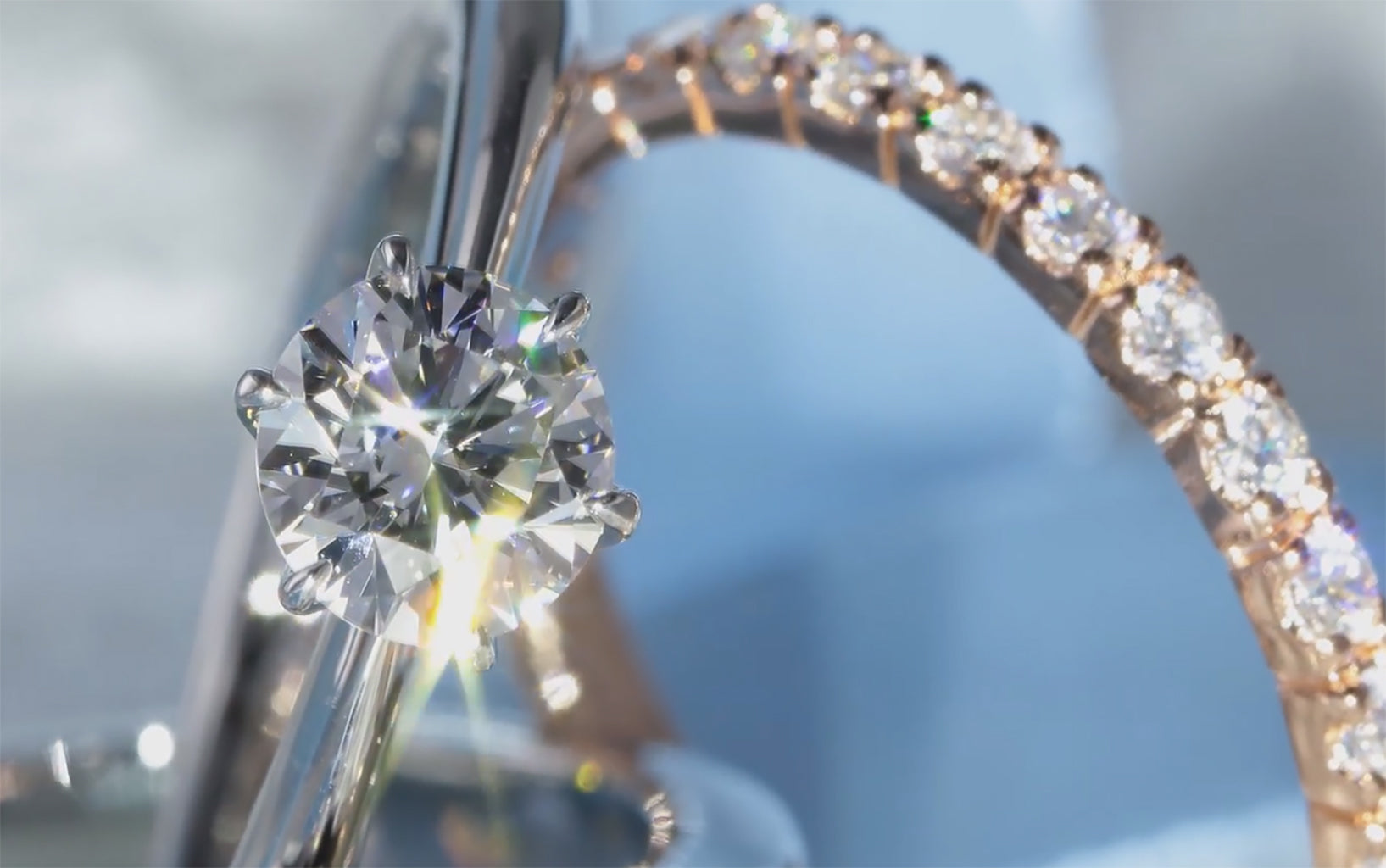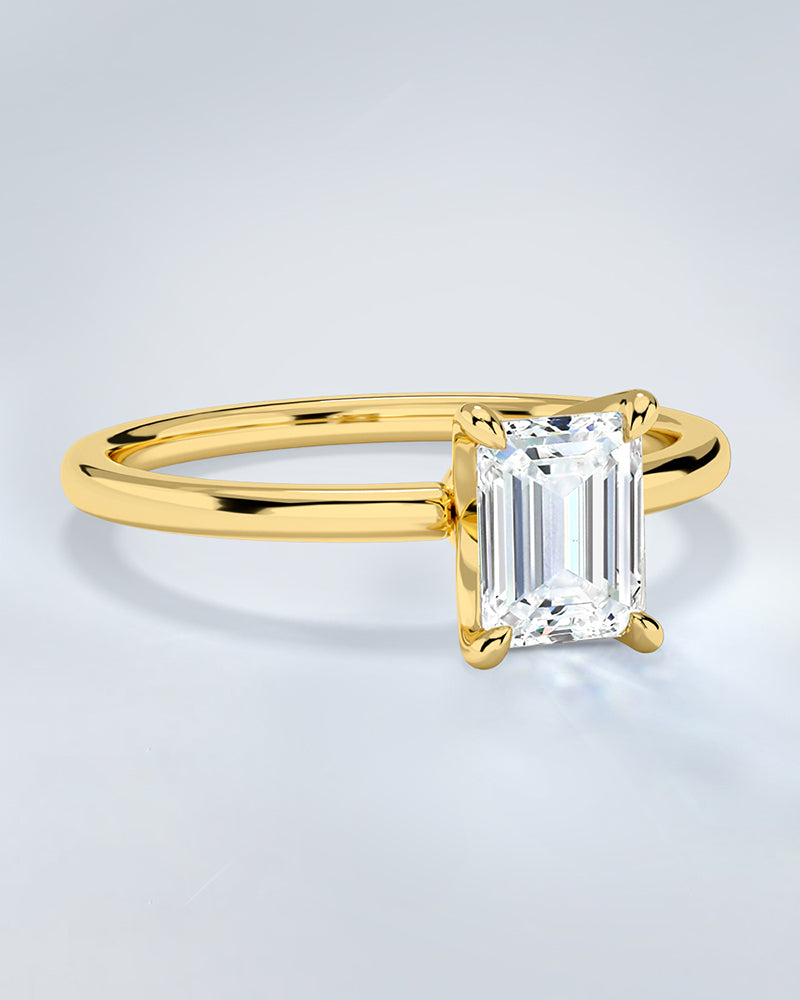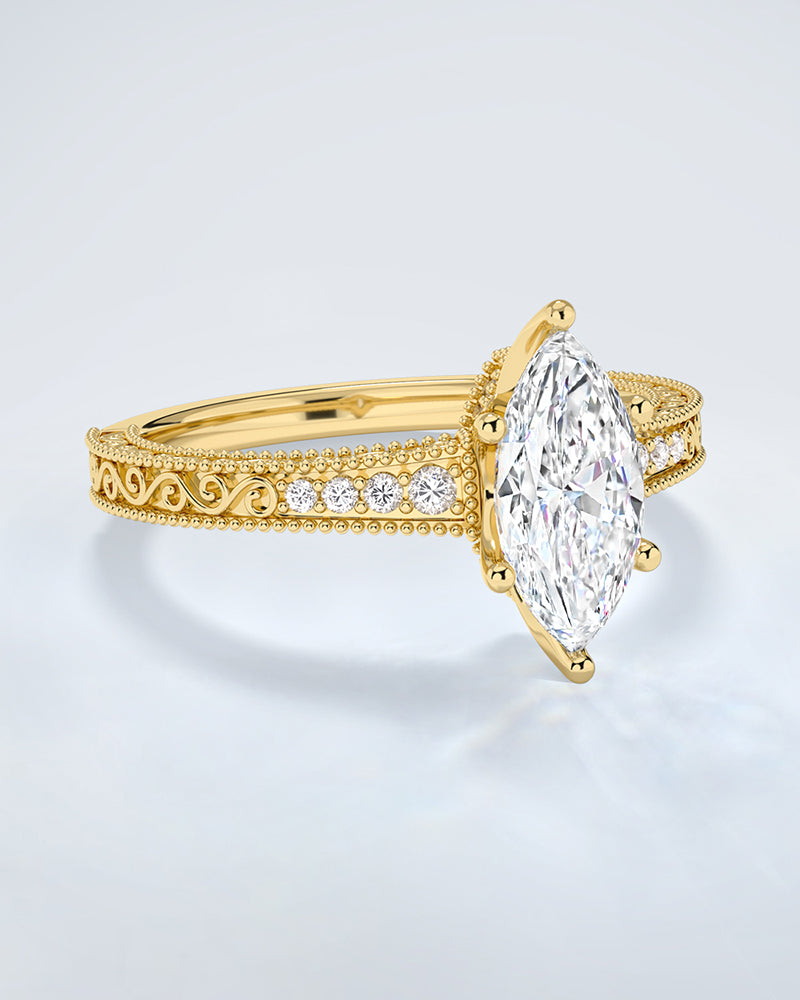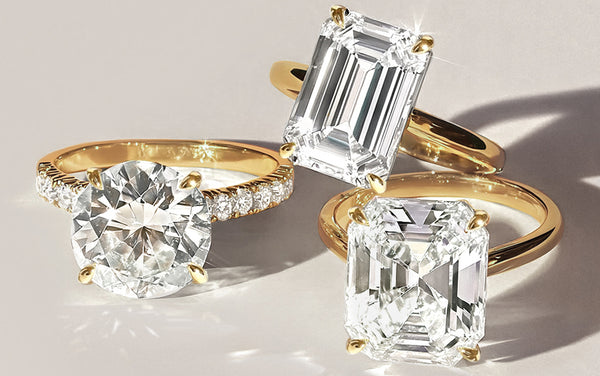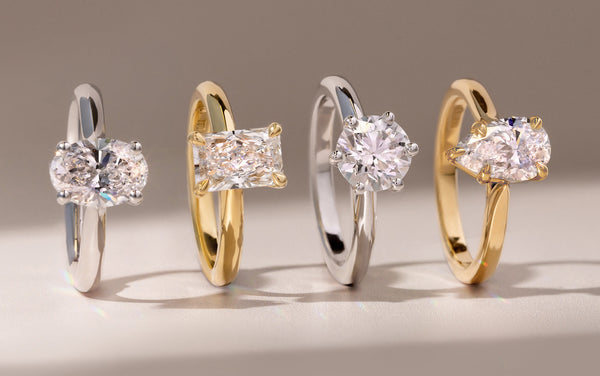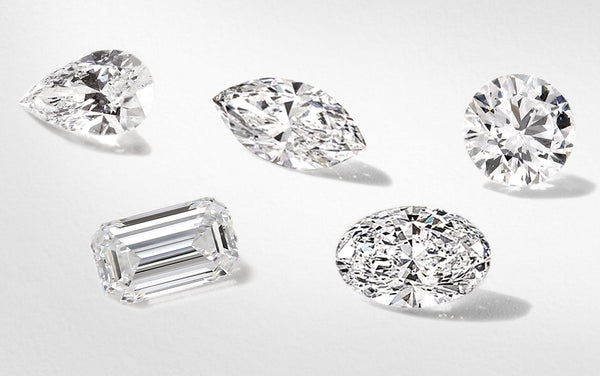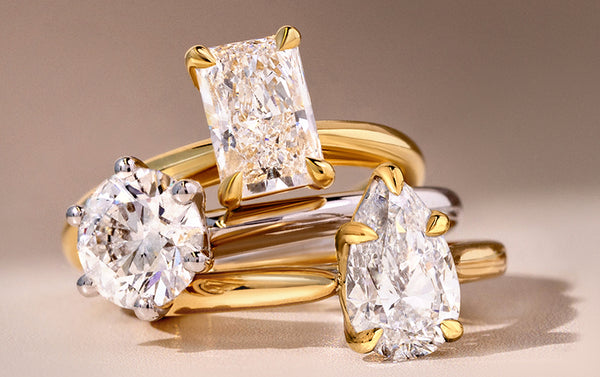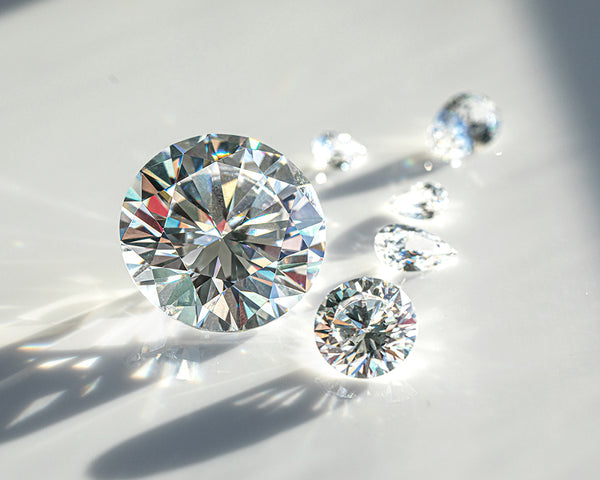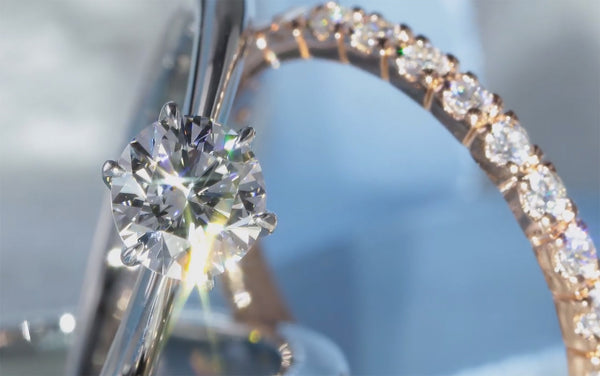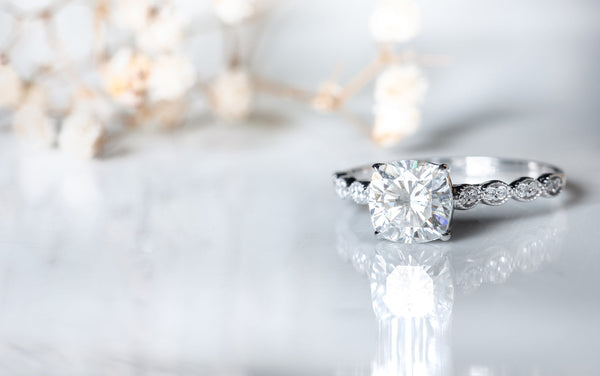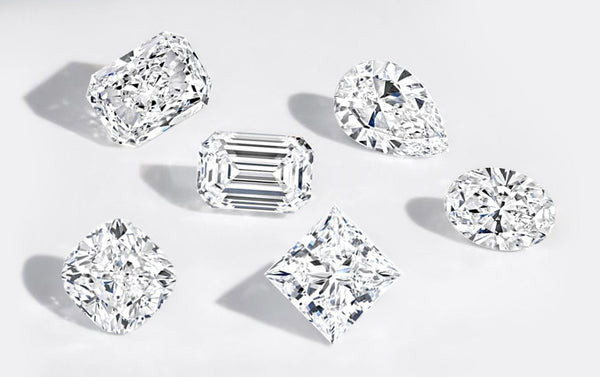Common Inclusions Found in Diamonds
Inclusions are internal characteristics that formed naturally (or during growth for lab grown diamonds). Most are harmless to the diamond’s beauty, but some may slightly impact clarity depending on their size and location.
• Bruise: A tiny impact spot often accompanied by feather-like fractures.
• Cavity: An angular opening where a crystal or feather has broken away, sometimes created during polishing.
• Cloud: A group of tightly packed pinpoints that appear hazy or milky under magnification.
• Crystal: A mineral crystal trapped inside the diamond; can be colorless, black, or even colored.
• Feather: A small internal break that looks white and feathery; usually harmless unless very large.
• Grain Center: A tiny concentrated area where crystal growth was distorted.
• Internal Graining: Lines, curves, or reflective streaks caused by irregular crystal growth.
• Knot: A crystal that extends to the diamond’s surface after cutting and polishing.
• Needle: A long, thin crystal resembling a tiny rod under 10x magnification.
• Pinpoint: A very small crystal appearing as a dot at 10x magnification, often part of a cloud.

